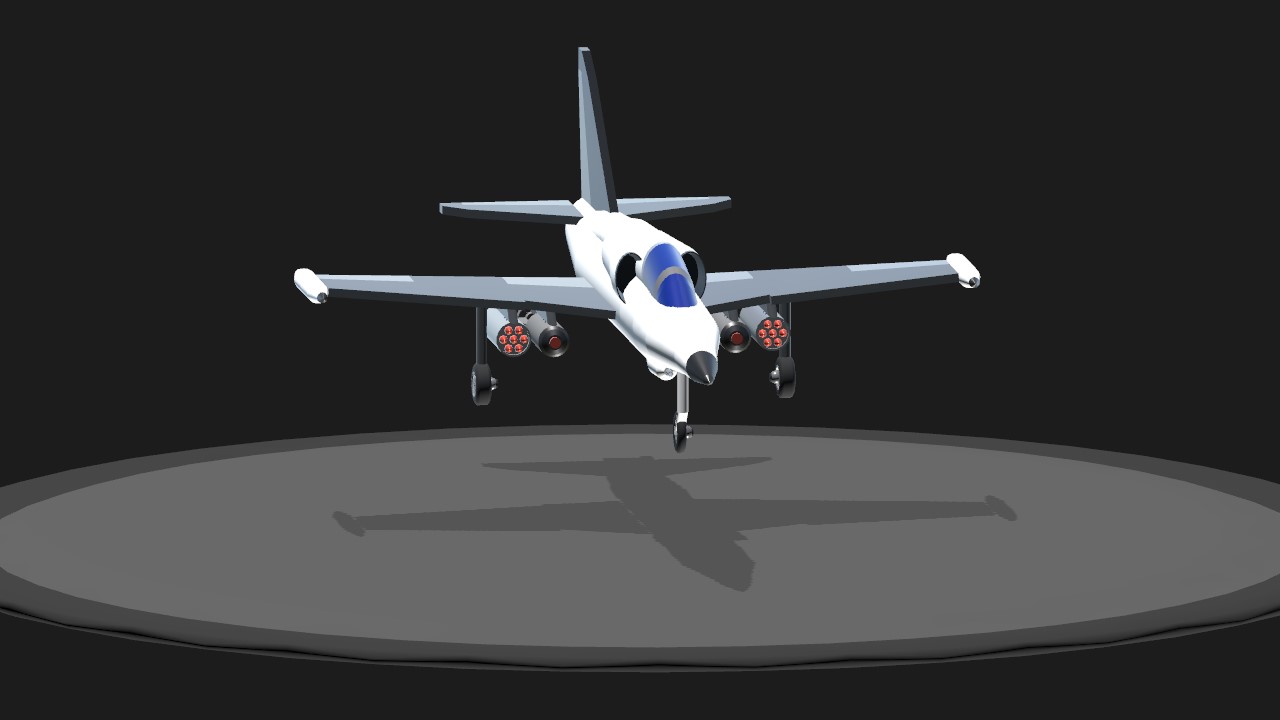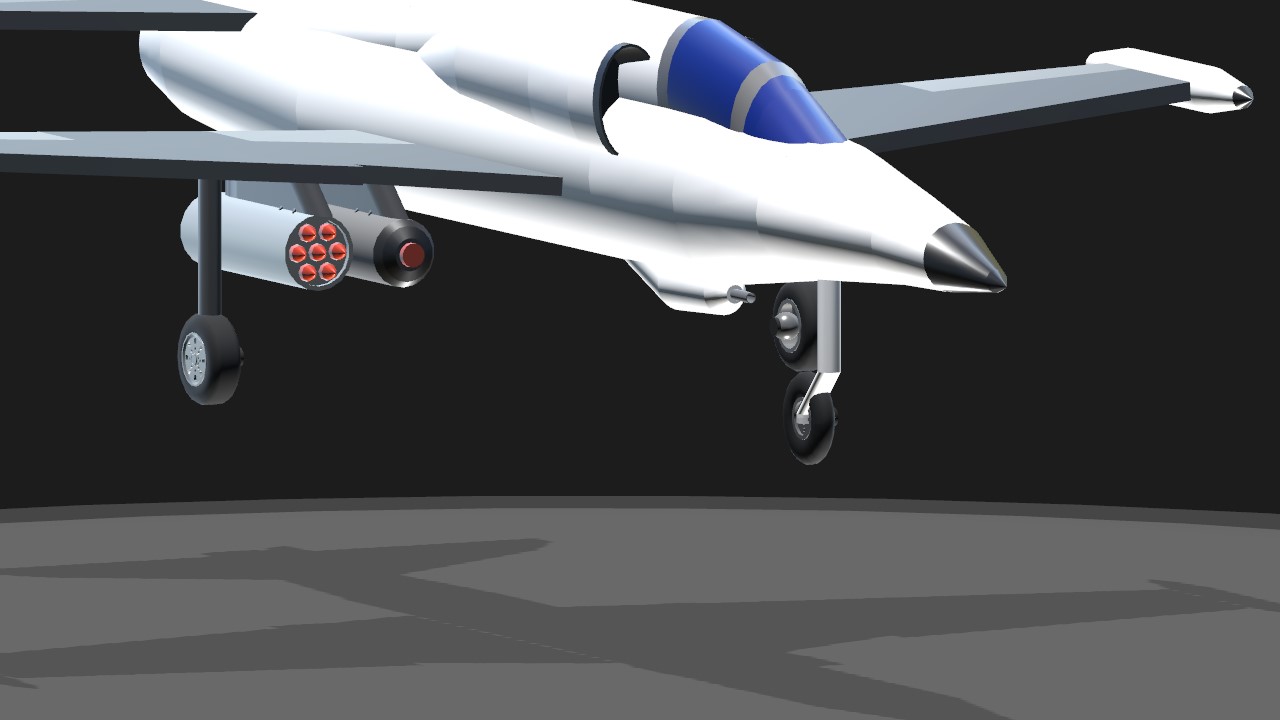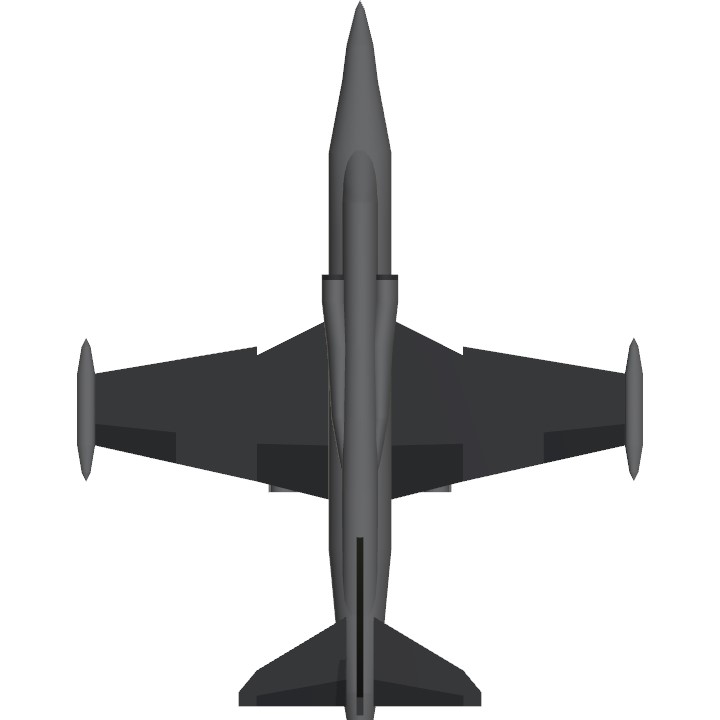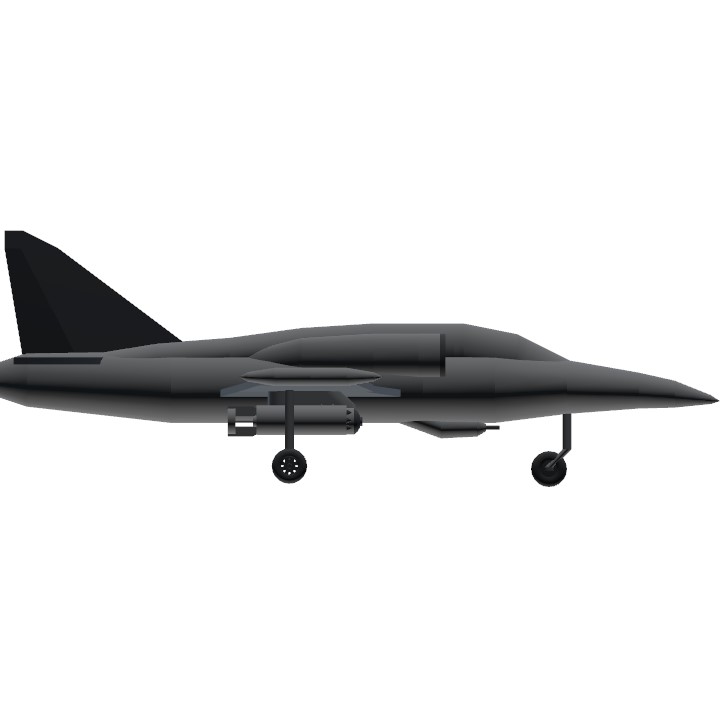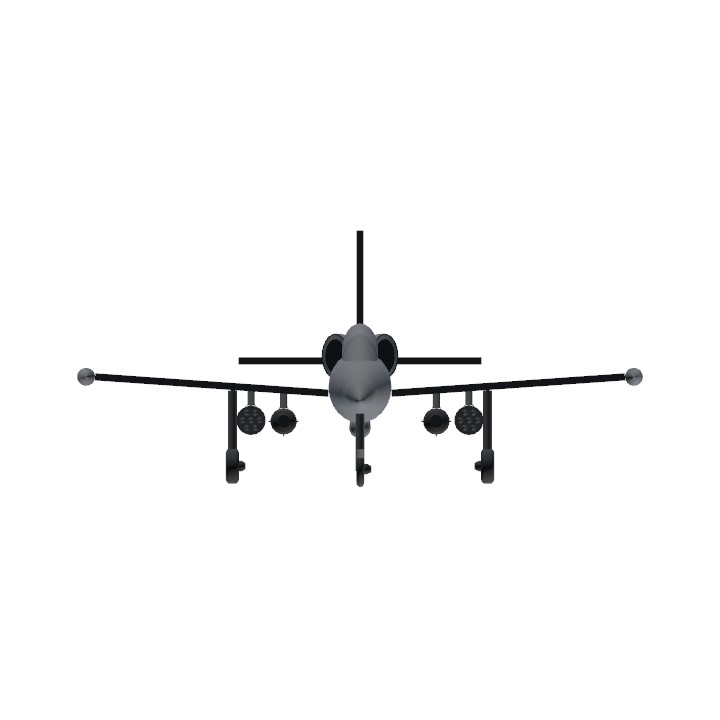The Aero L-39 Albatros is a high-performance jet trainer and light-attack aircraft developed by Aero Vodochody in Czechoslovakia during the 1960s. It was designed to replace the L-29 Delfín and became the first turbofan-powered trainer. The L-39 is known for its widespread use as a trainer by many air forces, particularly those of the Warsaw Pact, and for its versatility in both basic and advanced training and light-attack roles. Development:The L-39 was developed in response to a 1964 requirement for a new trainer aircraft to replace the L-29 Delfín. First Flight:The first prototype, designated X-02, took flight on November 4, 1969, piloted by Rudolf Duchoň. Production and Service:Serial production began in 1971, and the aircraft quickly became the standard trainer for many Warsaw Pact countries. Key Features:The L-39 is a subsonic aircraft with a turbofan engine, known for its maneuverability and ease of handling, making it suitable for both training and light attack missions. Global Impact:The L-39 has been exported to over 30 countries and is the most widely used jet trainer worldwide. It has served in various capacities, from basic and advanced pilot training to light-attack and even counter-insurgency operations. Legacy:The L-39 has also served as the basis for later developments like the L-59 Super Albatros and the L-159 ALCA. Civilian Use:The L-39 has also found popularity in the civilian market, with many examples being used for airshows, aerobatic displays, and as warbirds.
Specifications
General Characteristics
- Created On iOS
- Wingspan 25.8ft (7.9m)
- Length 32.8ft (10.0m)
- Height 11.5ft (3.5m)
- Empty Weight 1,708lbs (774kg)
- Loaded Weight 4,613lbs (2,092kg)
Performance
- Power/Weight Ratio 1.899
- Wing Loading 27.3lbs/ft2 (133.4kg/m2)
- Wing Area 168.9ft2 (15.7m2)
- Drag Points 2200
Parts
- Number of Parts 74
- Control Surfaces 7
- Performance Cost 390


